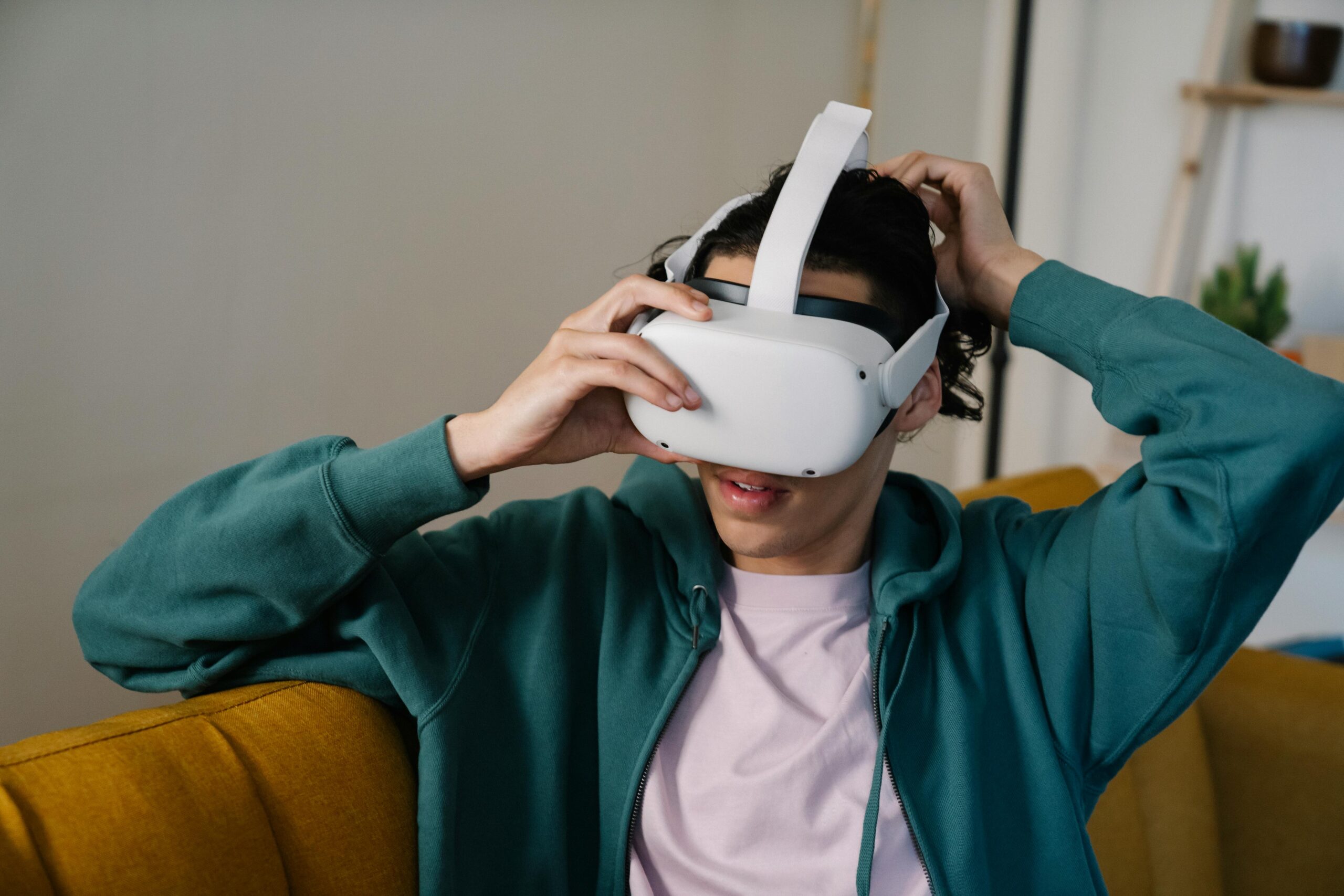
In today’s digitally connected world, the Internet of Things (IoT) has revolutionized how devices interact, from smart homes to industrial machinery. However, this interconnectedness brings forth a myriad of cybersecurity challenges.
According to recent research by Gartner, the number of connected devices is projected to reach 25 billion by 2025, amplifying the urgency to address vulnerabilities.
As IoT permeates every aspect of our lives, ensuring robust cybersecurity measures becomes paramount to safeguarding sensitive data and preventing malicious intrusions.
Understanding IoT Vulnerabilities
The IoT ecosystem encompasses diverse devices, ranging from wearables and appliances to critical infrastructure components. Each device represents a potential entry point for cyber threats if not adequately secured. One of the primary vulnerabilities lies in the proliferation of outdated firmware and software, leaving devices susceptible to known exploits. Furthermore, the sheer volume and heterogeneity of IoT devices make comprehensive security oversight challenging, leading to fragmented protection measures and potential loopholes.
Key Challenges in IoT Security
Despite the growing awareness of cybersecurity risks, several challenges persist in effectively securing IoT environments. Interoperability issues among devices and protocols often result in compatibility gaps, leaving room for exploitation. Additionally, resource-constrained IoT devices may prioritize functionality over security, lacking robust encryption and authentication mechanisms. Moreover, the decentralized nature of IoT networks complicates centralized security management, requiring innovative approaches to ensure holistic protection.
Mitigating IoT Security Risks
Addressing IoT security vulnerabilities demands a multifaceted approach encompassing both preventive and responsive measures. Implementing rigorous authentication protocols, such as two-factor authentication and biometric verification, strengthens device access controls and mitigates unauthorized access. Regular firmware updates and patch management are essential to remediate known vulnerabilities and fortify device defenses against emerging threats. Furthermore, leveraging machine learning and AI-driven anomaly detection enhances proactive threat detection, enabling timely response to potential breaches.
Emerging Trends and Technologies
As the IoT landscape evolves, innovative technologies are emerging to bolster cybersecurity defenses. Blockchain, renowned for its decentralized and tamper-resistant nature, holds promise in enhancing IoT device integrity and data provenance. Edge computing facilitates real-time data processing at the device level, reducing latency and minimizing exposure to external threats. Additionally, the integration of secure hardware components, such as Trusted Platform Modules (TPMs), augments device-level security, safeguarding critical operations from tampering and unauthorized access.
Collaborative Efforts and Standards
Effective cybersecurity in IoT necessitates collaboration among stakeholders across industries to establish robust standards and best practices. Industry consortia and regulatory bodies play a pivotal role in developing frameworks for secure IoT deployment, fostering interoperability and adherence to security guidelines. Compliance with regulations such as the General Data Protection Regulation (GDPR) and the California Consumer Privacy Act (CCPA) ensures the ethical handling of user data and fosters trust in IoT ecosystems.
Conclusion
In an era defined by unprecedented digital connectivity, ensuring the security of IoT devices is imperative to safeguarding privacy and preventing malicious exploits. At Coding Brains, we recognize the critical importance of robust cybersecurity measures in the development and deployment of IoT solutions. Leveraging our expertise in software development, we are committed to crafting innovative, secure IoT solutions that empower businesses while prioritizing data protection and user privacy. Together, let us navigate the complexities of IoT security to build a safer and more resilient digital future





